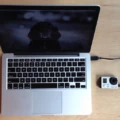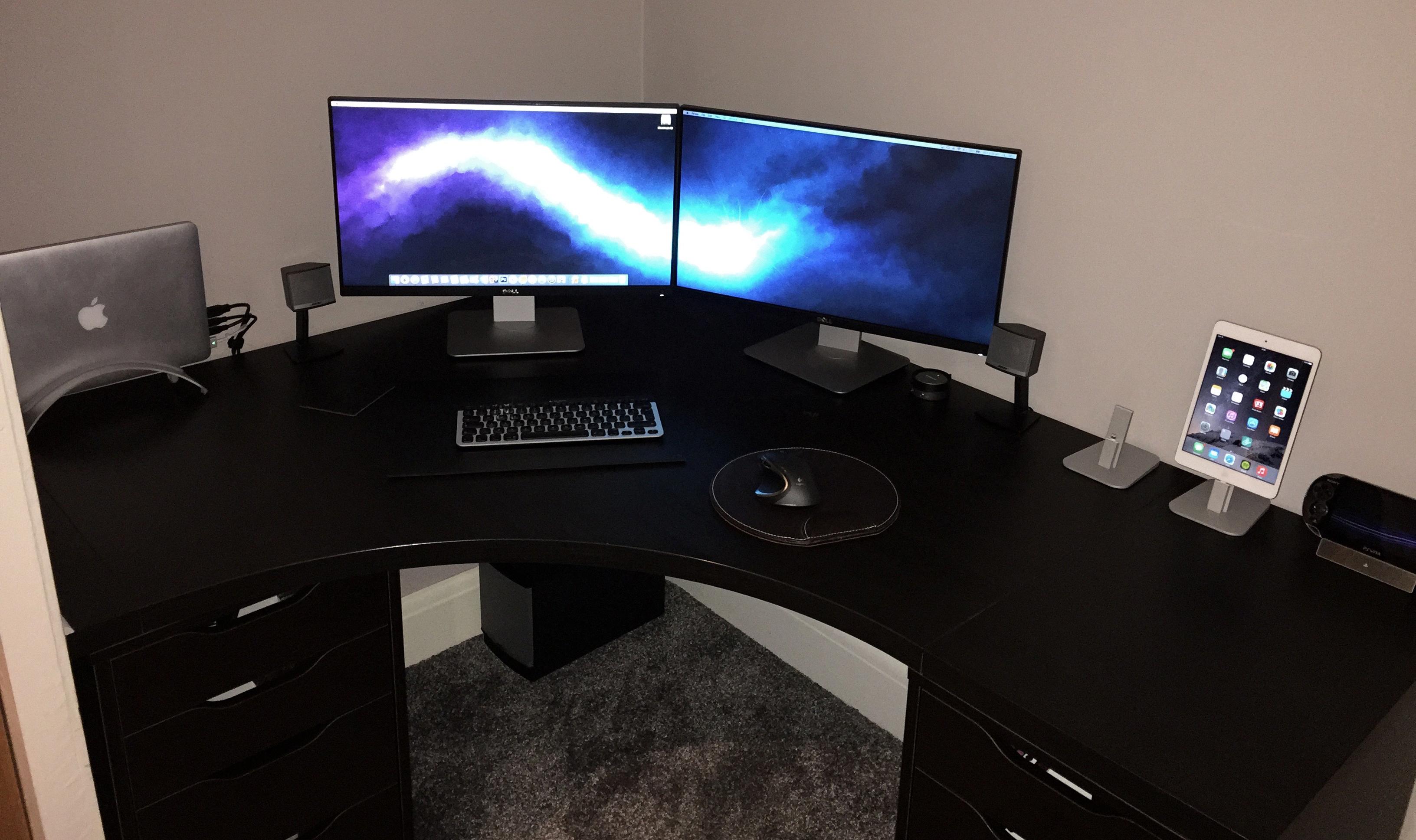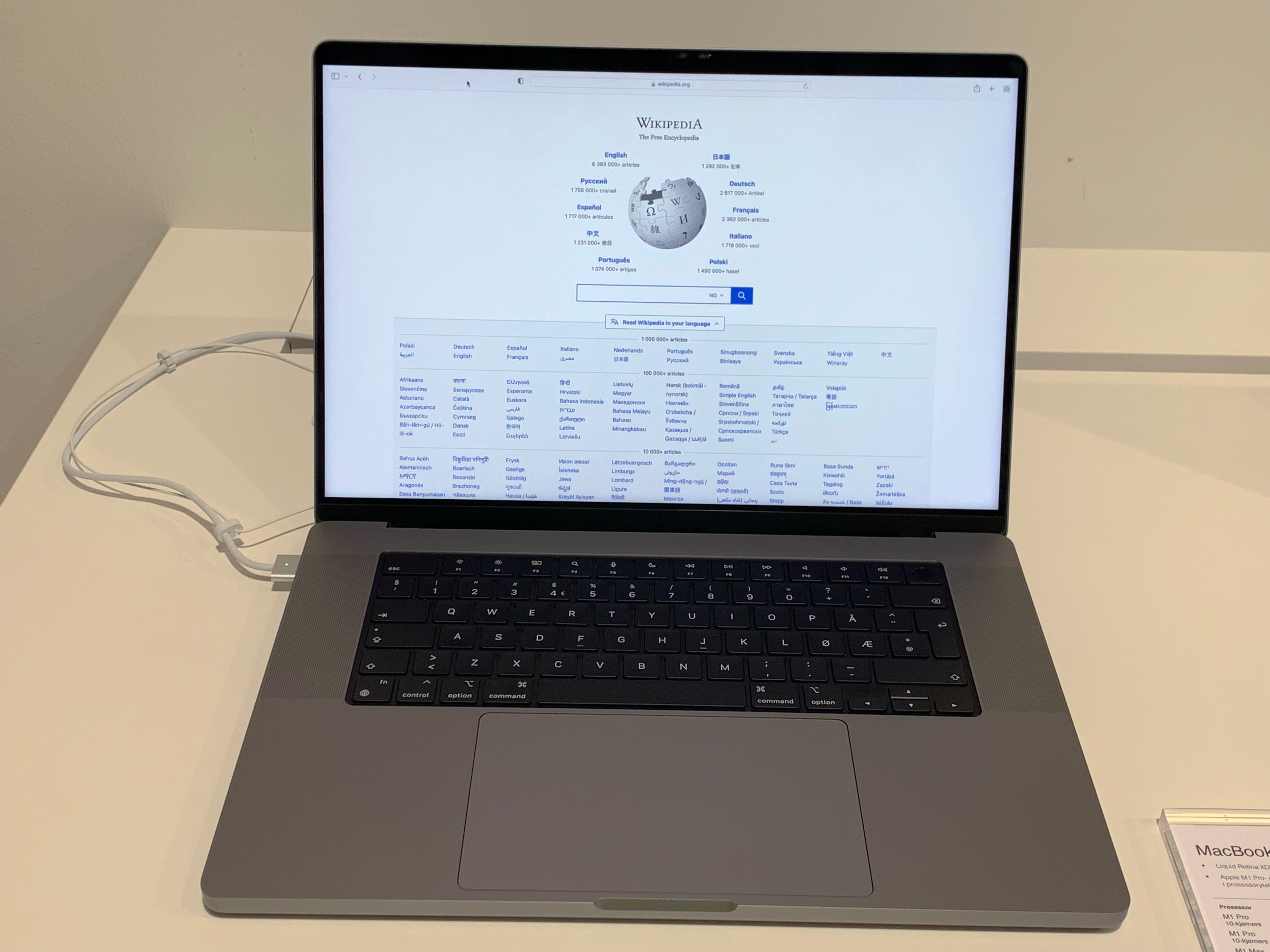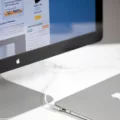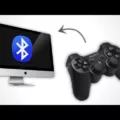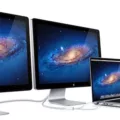Are you looking to upgrade your viewing experience by connecting a monitor to your Macbook Pro? You’ve come to the right place. In this blog post, we’ll discuss how to connect your Macbook Pro to an external monitor and the different types of connections available.
First, let’s discuss what type of connection you need for your monitor. If your Macbook Pro has an HDMI port, then you can use an HDMI cable to connect directly to the monitor. However, if your Macbook Pro does not have an HDMI port, you may need an adapter or cable depending on the type of ports it has. For example, if your Macbook Pro has a USB-C port then you can use a USB-C Digital AV Multiport Adapter or a Thunderbolt adapter. Additionally, if your Macbook Pro has Mini DisplayPort then you can use a Mini DisplayPort to HDMI adapter or cable.
Now that we have covered what type of connection to use, let’s go through the steps of connecting the external monitor:
1. Connect the external power source for the monitor
2. Connect one end of the HDMI cable/adapter/cable to either the HDMI port on the back of your monitor or into one of the ports on your Macbook (e.g., USB-C port)
3. Connect the other end to either another port on your Macbook (e.g., USB-C) or to another port on the back of your monitor
4. Once connected, power up both devices and make sure they are both turned on
5. From here you should be able to adjust settings such as resolution and display orientation in System Preferences > Displays
That’s all there is to it! By following these steps you should now be able to enjoy using two displays with ease – one from your Macbook and one from an external monitor! If you have any questions during this process or encounter any issues while setting up dual displays then feel free to reach out for help from Apple Support or from local computer repair stores near you.
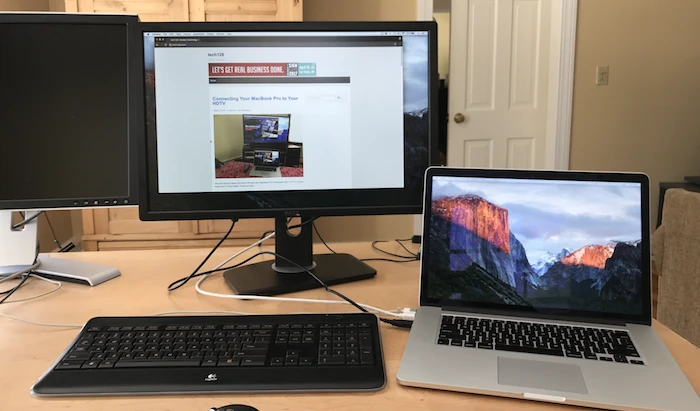
Connecting a MacBook to an External Monitor
Connecting your MacBook Pro to an external monitor is simple and straightforward. First, make sure the external monitor has power and is turned on. Next, use either an HDMI cable or a Thunderbolt/USB-C cable to connect the monitor to your MacBook Pro. Once connected, you should see your laptop’s display appear on the external monitor. If not, go to System Preferences > Displays and select the correct option for mirroring or extending your display. Finally, adjust the settings of both monitors accordingly to get the best picture quality possible.
Troubleshooting MacBook Pro Connection to Monitor
If your MacBook Pro is having trouble connecting to your monitor, it could be due to a few different factors. It’s possible that the cable you are using is faulty or incompatible with your Mac. You may need to use a different type of cable, such as a USB-C or Thunderbolt adapter. Another issue could be the resolution of your display. Make sure that the resolution settings on your Mac and monitor match up, otherwise, you won’t be able to get a connection. Finally, check if any software updates are available for both your Mac and monitor. Outdated drivers can also cause issues with connecting the two devices together.
Using a MacBook Pro as a Monitor with HDMI
Yes, you can use your MacBook Pro as a monitor with an HDMI connection. If your Mac has an HDMI port, you can connect directly to HDMI with an HDMI cable. If your Mac has USB-C ports, you can connect to HDMI with an adapter like the Apple USB-C Digital AV Multiport Adapter. If your Mac has a Mini DisplayPort, you can connect to HDMI with a Mini DisplayPort to HDMI adapter or cable. Once connected, you will be able to display the content from your MacBook Pro on a separate monitor using the connected HDMI cable or adapter.
Can MacBook Pros Connect to Monitors?
Yes, MacBook Pros can connect to any monitor, as long as the monitor has a USB-C port. To do this, simply plug the USB-C cable into one of the power ports (usually located near the rear of the MacBook) and then plug the other end into your monitor. Some monitors may require an adapter to make the connection. Once everything is connected, you should be able to display your laptop’s content on the external display.
Using Non-Mac Monitors with MacBooks
Yes, you can use a non-Mac monitor with your MacBook. Most modern monitors are compatible with macOS and will connect to your MacBook using either the HDMI or DisplayPort ports. You may also need an appropriate adapter depending on the type of connector that your monitor uses. Once you have connected the monitor to your MacBook, you can configure it in System Preferences > Displays.
Connecting a MacBook Pro to a Monitor: What Cable is Needed?
In order to connect your Apple MacBook Pro to a monitor, you will need a USB Type-C cable. You can choose from high-speed Thunderbolt 4 cables or regular HDMI cables. To connect the two devices, you’ll need a USB Type-C head or a USB Type-C adapter, depending on the type of cable you choose. For Thunderbolt 4 cables, you may also need an additional display port adapter depending on the type of monitor you are using.

